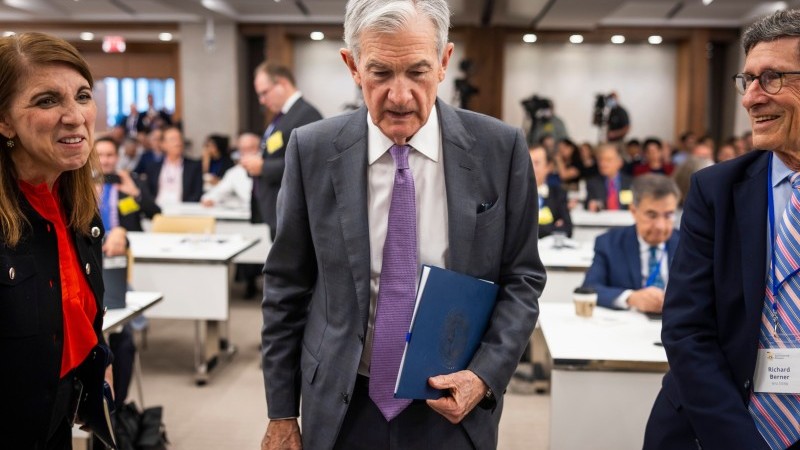The market angst over what the “Liberation Day” tariffs may mean for the global economy triggered swift policy backtracking. The subsequent de-escalation of tensions suggests that downside GDP growth risks have diminished and upside CPI fears have faded a touch relative to our previous expectations.
Nonetheless, damage has resulted in steep falls in consumer confidence, suggesting downside risk to consumer spending growth. A lack of clarity on the trading environment means there is also the potential for corporates to delay decisions on hiring and investment. Tariffs do risk higher goods prices, but the squeeze on spending power could lead to cuts to discretionary spending that impact the service sector and cool inflation faster there. There is also evidence of softer housing-related inflation on the way, and we look for inflation to return to 2% in 2026.
The Federal Reserve continues to suggest that it expects the Fed funds rate to settle at 3% versus the current 4.5% level. The key question is how long the central bank is prepared to wait until it is comfortable enough to cut. We don’t disagree with the market pricing of 50bp of cuts this year, but rather than September and December, we are favouring a 50bp move in December, followed by three 25bp cuts in 2026. This would be a similar playbook to the Fed’s actions in 2024, where it waited until it was comfortable to commit to a lower interest rate environment.
